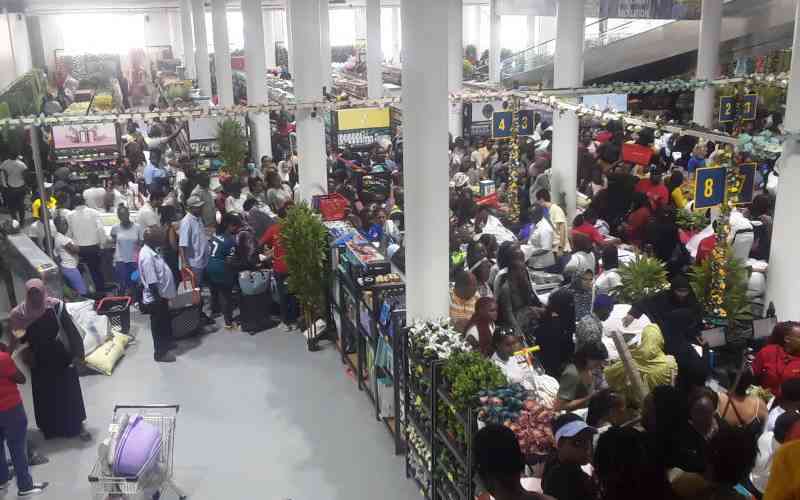The rand is expected to be beaten around by global markets in the coming months, as inflationary and interest rate pressure from central banks in the US and the European Union continue to dominate global market movements.
The European Central Bank (ECB) hiked interest rates by an unprecedented 75 basis points (bps) last week, increasing the likelihood of a bigger than expected hike from the South African Reserve Bank later this month.
On the same day as the ECB statement, the chair of the US Federal Reserve, Jerome Powell, emphasised that the Fed needs to act “forcefully”, which further cemented the market expectation of a third consecutive 75bps US policy rate hike later this month.
Investec chief economist Annabel Bishop said that markets will react directly to the US CPI figures coming this week, influencing the US dollar and so the rand.
“Currently, the Fed funds futures rate shows a 73bp hike is factored in by markets at the FOMC meeting this month – on 21st September – essentially factoring in a 75bp move,” she said.
The rand will take direction from this and is likely to fluctuate, weaker and stronger, for the remainder of this month and into the fourth quarter of the year, retaining high sensitivity to any and all US inflation figures, she said.
“Market expectations for September’s US interest rate move have been fluctuating, closer to between 50bp and 75bp earlier in the month, and a lower than expected CPI print could see the market move its rate hike view back closer to 50bp if this occurs,” she said.
In this event, the rand could see further strength against the greenback as the US dollar weakens a bit further, but this short-term volatility risks being overridden by the US PPI print coming out higher than expected later in the week or any following inflation indicator.
“Volatility will likely persist for the rand against the US dollar, while it has experienced greater stability against the GBP and EUR. However, over Q4.22, it may well see some more fundamental strengthening, drawing towards R16.00/USD instead of R17.00/USD,” Bishop said.
The economist said that the rand could strengthen in the short-term, but any gains will likely be temporary as local issues like persistent load shedding continue to drag on sentiment.
“Overall, the rand is still very weak, well removed from fair value and still reflective of an elevated risk aversion environment, despite some volatility,” she said.
Impact on interest rates
The Bureau for Economic Research said that the rand will likely remain under pressure, influencing the SARB’s interest rate print at the end of the month.
“The rand did not reach multi-year low levels but remained under pressure this week. While often at the whim of global market movements, the SA current account unexpectedly slipping back into deficit territory removed an important recent support to the rand,” the BER said.
A softer rand is one of the key contributing factors that will likely push interest rates higher in the September meeting, adding that its projections from the hike have shifted from a 50bps hike to 75bps.
Nedbank economic data also attributed the rand’s shaky ground to the current account deficit and subdued risk appetites amid lingering concerns about global growth and speculations about the magnitude of US interest rate hikes.
It recently noted that market forces at play showed that the underlying global status remains unsupportive of the outlook for the rand and other emerging market currencies.
Local issues have also played a significant role, however – mainly load shedding – while political uncertainty is feeding risk-off behaviour.
Nedbank noted that the rand has been under persistent pressure over the past three months, with the sharpest depreciation occurring against a rampant US dollar, which reigned supreme in global markets, bolstered by the Fed’s aggressive rate hikes and its hawkish rhetoric.
It said that the odds are likely to remain stacked against the rand for the next year and a half, with the group’s model pointing to a monthly average of R17.14 for September, dropping to around R17.00 by the end of the year.
On Monday afternoon, the rand traded at the following levels against major currencies:
- Dollar/Rand: R17.10 (-2.25%)
Pound/Rand: R20.00 (-0.78%)
Euro/Rand: R17.30 (-1.20%)
Read: Beware grandparent scams in South Africa – perhaps the worst of them all





















Discussion about this post